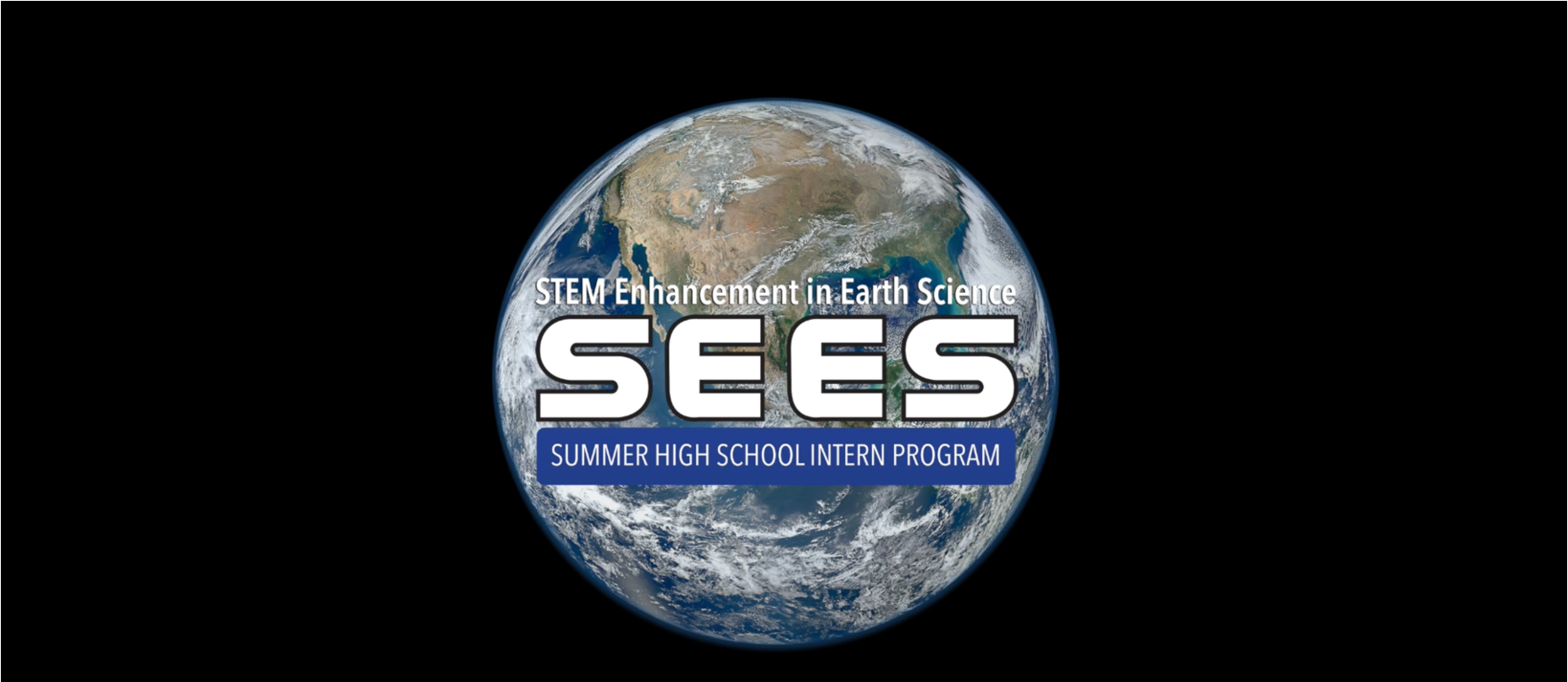News - GLOBE Observer
NASA STEM Enhancement in Earth and Space Science (SEES) High School Intern Science Symposium 2025

NASA STEM Enhancement in Earth and Space Science (SEES) High School Intern Science Program offers teams of high school students across the United States the opportunity to conduct research with NASA data under expert mentors. In 2025, nine of the teams included GLOBE in their research. From mapping land cover to analyzing data, the research teams worked together to collect and analyze data to address questions important to them and their communities. They presented their research at the 2025 SEES Science Symposium.
Six teams used GLOBE Observer to map land cover and integrated their data with satellite data for examine a range of questions. Click on the project title to view a recording of each group’s symposium presentation.
- Urban Revival: Students compared GLOBE Observer land cover to different satellite data land cover products to assess which satellite products best represented current land cover.
- Comparing Satellite Land Cover Data with GLOBE Observer Using the Adopt-a-Pixel Method: Students compared GLOBE Observer land cover data to satellite data and other ground-based data. They designed their own citizen science platform to make such analyses easier in the future.
- Infernointel AI and AOIs Predicting Fire Risk with Remote Sensing and Field Data: Students integrated GLOBE Observer land cover data and satellite data with additional data to create a map interface to assess fire risk.
- Predicting Flash Floods Using Hydrology and Land Cover Data from Remote Sensing: Students used GLOBE Observer land cover, soil characterization and rainfall data to assess flood risk in their communities. They also explored AI/ML predictions of flood risk based on their data.
- Protection Pioneers: Students examined land cover trends and environmental quality in protected vs non-protected areas using GLOBE Observer Land Cover and satellite data.
- NASA SEES 2025 Earth System Explorers Working Group 3: Students looked at patterns of urbanization in their communities with an emphasis on changes in plants. In some cases, vegetated areas decreased, but other cities saw an increase in vegetation over time. Students used a combination of Landsat and GLOBE Observer Land Cover data.
The remaining three student groups focused on data analysis. They assessed the quality of GLOBE surface temperature data.
- Identifying Outliers in the GLOBE Surface Temperature Protocol: students analyzed the quality of GLOBE surface temperature data and identified temperature and location errors.
- Dimensionality Reduction and Inference for Field-based Surface Temperature (DRIFT-ST): students analyzed GLOBE surface temperature data to recommend methods to clean the data.
- MOSAIC Optimizing Metadata and Detecting Anomalies in Geospatial Data Using Unsupervised Clustering: students combined metadata to screen out potential errors in GLOBE surface temperature data.
In addition to the projects that used GLOBE data, an additional 23 SEES student groups conducted and presented research in the 2025 symposium. All presentations are available on the NASA SEES YouTube channel.
Comments
View more GLOBE Observer news here.








